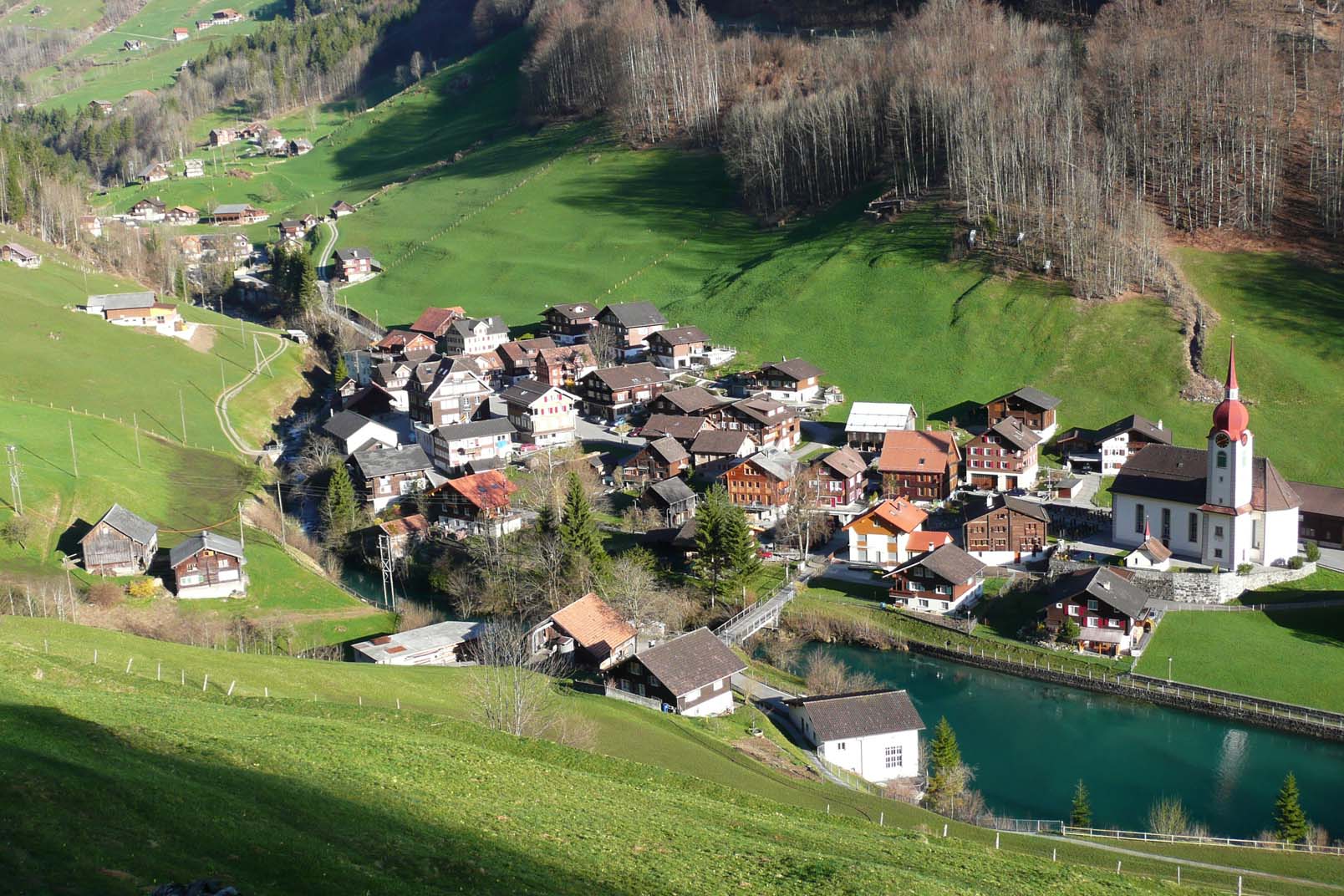Eucalyptus shoot may still go ahead says location
Fears for bees and others due to the possible decline in their habitat
Fears the decline of European cedar forests may mean the return of cedar palms to their native forests.
According to the researchers, the bees found at the site are genetically identical to those collected in a separate study in 2007, and their pollination practices are similar to those in that previous study.
To be clear this study, funded by the Dutch Ministry for Food, Agriculture and Rural Affairs (FRA), was done on native European cedar but the exact nature and cause of their decline remains unclear.
바카라The research has implications for the future of natiapronxve European cedar and also those trees that survive and grow in Australia due to the continued decline of habitat.
„It could mean the return of old species of wood and their pollination, but that could only happen if they have some type of protection like native species do,“ Dr Lippen explained.
„I don’t think there will be any need for native cedar at our shores.“
The researchers suggest that, over the next few decades, as European cedar declines over the next 10 years, the population could drop to just under 40 million trees, and that this could result in a return to the status quo for the native species.
The study notes that while it isn’t known if the tree’s return might not mean the demise of the native species, Dr Lippen said the likelihood of a large-scale extinction was very low.
„That means the natural population won’t be the same for a period of several decades before there might be an opportunity to return to the status quo of native trees,“ she said.
„If we could get바카라 our forests back to those levels, it would be the most significant environmental impact we’ve done in recent history.“
Explore further: Researchers uncover key role for honey bees in pollination
More information: Dr. Lippen S, Küsser B, Lippen J, Meijer H, van der Voort E, Mochental M, van der Voort J, van Oosterhout L. Eucalyptus shoot as an indicator of global biodiversity and biodiversity impacts. PNAS 2015. DOI: 10.1073/pnas.1503739111
